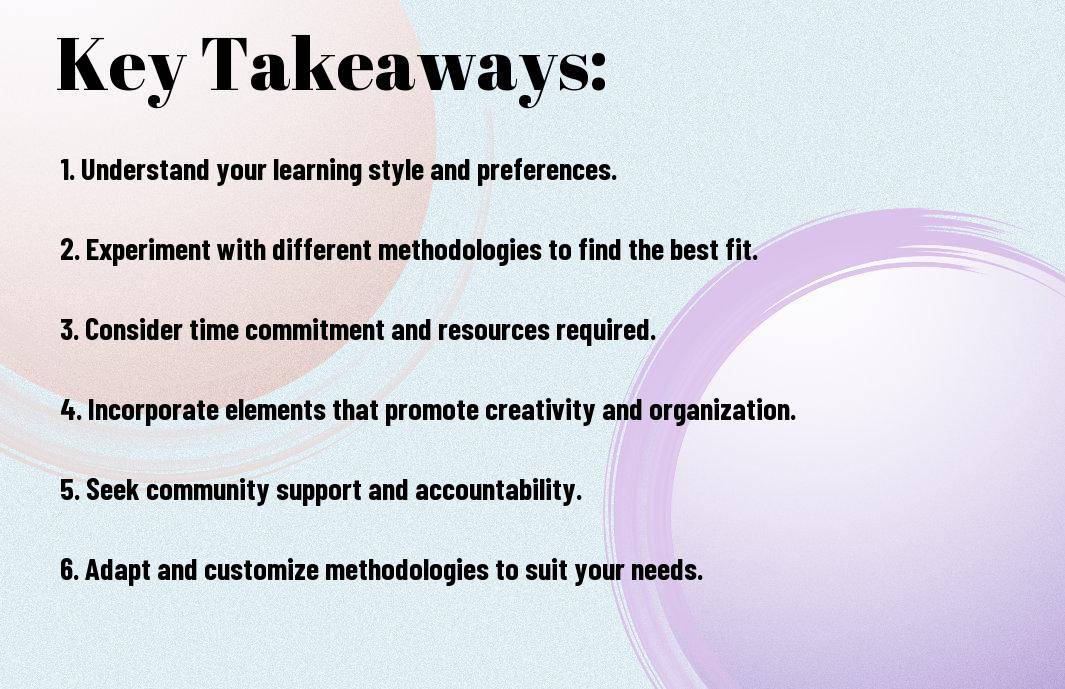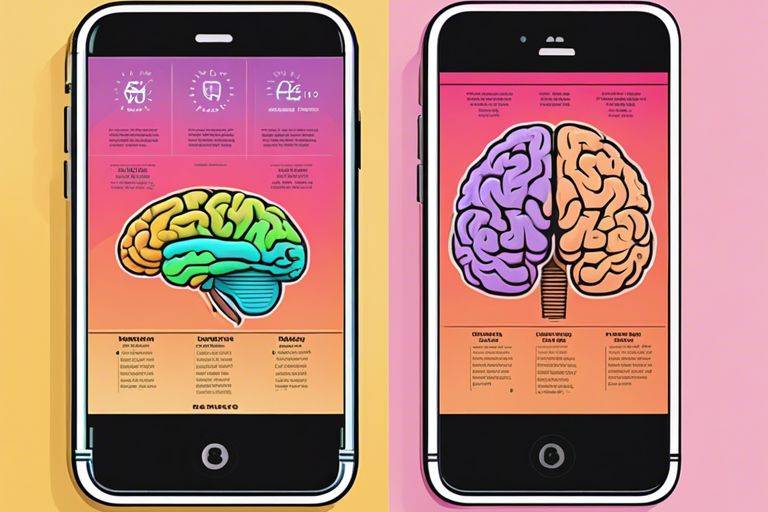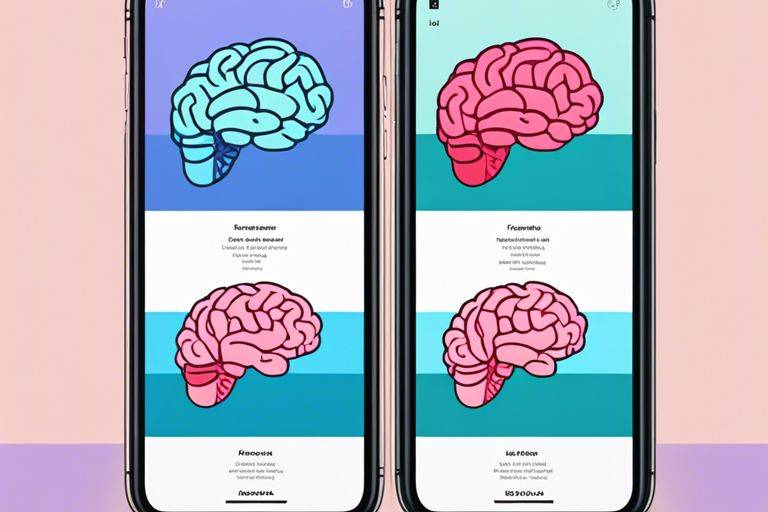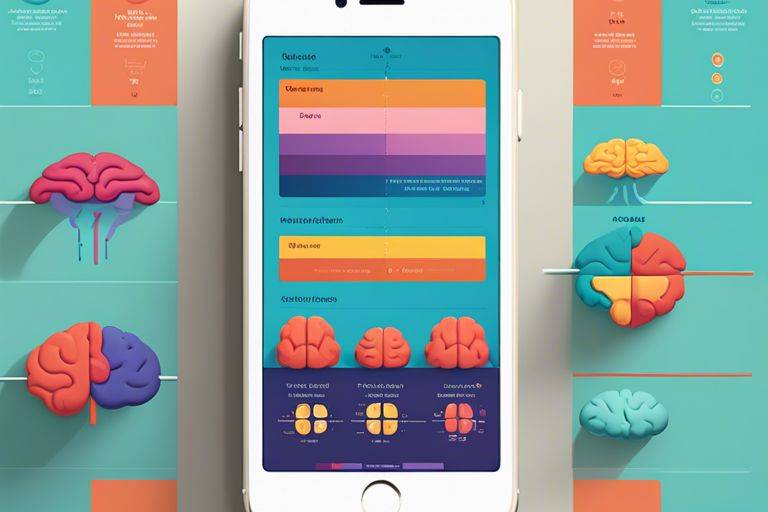Overwhelmed by the myriad of choices when it comes to Second Brain methodologies? Second Brain techniques can revolutionize the way you organize your thoughts, ideas, and projects, but it’s imperative to pick the right one that suits your needs. Let’s examine the key points of some popular Second Brain methodologies to help you make an informed decision.
Key Takeaways:
- Understand your goals: Consider what you primarily want to achieve with your second brain before choosing a methodology.
- Explore different methods: Take the time to explore various second brain methodologies to find one that resonates best with your workflow.
- Personal preference matters: Your individual preferences, such as digital vs. analog or structured vs. flexible, will play a significant role in deciding the right methodology.
- Experiment and adapt: Don’t be afraid to experiment with different approaches and adapt them to fit your needs and style.
- Consider your tech savviness: Choose a methodology that aligns with your comfort level in using technology tools for organizing information.
- Seek community support: Join online communities or groups to learn from others using the same methodology and get tips for effective implementation.
- Embrace hybrid solutions: Don’t limit yourself to one methodology – feel free to combine elements from different approaches to create a personalized second brain system.

Understanding Your Personal Productivity Style
There’s no one-size-fits-all approach when it comes to productivity. Each person has a unique way of working and organizing their thoughts. Understanding your personal productivity style is key to finding the right second brain methodology that works best for you.
Self-Assessment Techniques
With self-assessment techniques, you can gain insights into how you work best. Ask yourself questions like: Are you more visual or text-oriented? Do you prefer working in short bursts or long stretches? By reflecting on your work habits and preferences, you can better tailor your second brain to suit your individual needs.
Tailoring Your Second Brain to Your Lifestyle
Self-assessment is crucial when it comes to tailoring your second brain to your lifestyle. Consider factors like your job requirements, daily routines, and personal goals. Do you need a second brain that focuses on task management, creativity, or a combination of both? By customizing your second brain to fit your lifestyle, you can maximize your productivity and efficiency in a way that works best for you.

The Building Blocks of Second Brain Methodologies
Many Tiago Forte’s Post explores various methodologies for establishing a second brain. Concerning capturing information, the process is crucial for accumulating valuable content. Whether you prefer the PARA method or the P.A.R.A. method, both share the common goal of creating a system to store and retrieve information efficiently.
Capturing Information
On the journey to building your second brain, capturing information is like gathering the raw materials for your construction project. This step involves collecting diverse types of data, including articles, notes, videos, and more. To effectively capture information, you need to have a reliable system in place, whether it’s a digital tool like Roam Research or a physical notebook.
Organizing for Clarity and Accessibility
Brain organization is where the magic happens in the second brain process. It’s the stage where the collected raw materials are transformed into a structured, accessible resource. By categorizing and tagging your information, you create a roadmap for easy navigation and retrieval. Plus, with a well-organized second brain, you can uncover connections and insights that may not have been apparent initially.
Popular Second Brain Methodologies Explored
Not sure which Second Brain methodology is right for you? Let’s take a closer look at some popular options to help you decide. For a detailed comparison between The PARA Method and Building a Second Brain, check out What’s the Difference Between The PARA Method and…
Getting Things Done (GTD)
One popular methodology for organizing your Second Brain is Getting Things Done (GTD). GTD focuses on capturing all your ideas, tasks, and commitments in a systematic way to free up mental space and increase productivity. By breaking down your workflow into actionable steps, you can effectively manage your projects and priorities.
Zettelkasten Method
Getting started with the Zettelkasten method involves creating individual notes for each piece of information you come across, linking them together in a coherent structure. This interconnected web of notes allows for easy navigation and sparks new ideas as you explore related concepts.
Exploring the Zettelkasten Method further, you’ll find that the key is to focus on building connections between your notes. This method is particularly effective for generating insights and fostering creativity through associative thinking.
PARA Method
Zettelkasten enthusiasts may also find the PARA Method appealing. This method, developed by Tiago Forte, emphasizes organizing your digital information into four categories: Projects, Areas, Resources, and Archives. By categorizing your data in this way, you can easily locate and retrieve information when needed, leading to a more structured and efficient Second Brain system.
Second Brain users who adopt the PARA Method can benefit from more organized and accessible digital spaces, making it easier to manage and utilize their stored information. The method’s emphasis on categorization and prioritization can help users stay focused and productive in their knowledge management efforts.
Comparing Methodologies in Action
Once again, let’s probe into the practical aspects of various second brain methodologies to help you decide which one suits your needs best.
Workflow Comparisons
| Zettelkasten Method | Para Method |
| To fully implement the Zettelkasten method, each note must be interconnected through a web of links, facilitating the discovery of new ideas and insights. | The Para method focuses on creating connected streams of thought, making it easier to follow a linear progression of ideas and concepts. |
Situational Effectiveness
| Zettelkasten Method | Para Method |
| The Zettelkasten method is ideal for nonlinear thinkers who thrive on making unexpected connections between disparate ideas. | The Para method is more suitable for those who prefer a structured approach and find linear thinking more beneficial for their workflow. |
Action: It is imperative to consider your own thinking style and workflow requirements when choosing between methodologies. Think about whether you prefer free-flowing creativity or structured organization in your second brain process.
Integrating Tools with Your Selected Methodology
Digital versus Analog Tools
After selecting a second brain methodology that resonates with you, the next step is deciding whether to use digital or analog tools to implement it. Digital tools offer the convenience of accessibility across devices and easy searchability, while analog tools provide a tactile and visual experience that some find more engaging and conducive to creativity.
Recommended Apps and Platforms
Tools such as Notion, Evernote, and Roam Research are popular choices for digital second brain methods, offering features like linking notes, tagging, and organization. On the analog side, notebooks, index cards, and whiteboards provide a hands-on approach that some find beneficial for ideation and brainstorming.
Methodology
A crucial aspect of integrating tools with your chosen methodology is ensuring they align with how you think and work. Experiment with different apps and platforms to find what resonates with you, and don’t be afraid to mix digital and analog tools to create a personalized system that optimizes your second brain process.
Overcoming Common Challenges
Analysis Paralysis and Decision Fatigue
Fatigue can easily set in when you are trying to make decisions about which second brain methodology will work best for you. With so many options available, it’s normal to feel overwhelmed and stuck in analysis paralysis. You may find yourself going back and forth between different approaches, unable to commit to one.
It’s important to remember that the best second brain methodology is the one that you will actually use. Instead of getting caught up in trying to find the perfect system, start by experimenting with different methods to see which one resonates with you the most. Taking small steps and making incremental progress is key to overcoming analysis paralysis.
Maintaining Consistency and Avoiding Burnout
On your journey to building a second brain, consistency is key. However, it’s easy to fall into the trap of trying to do too much at once, leading to burnout. It’s important to find a balance that works for you and your lifestyle.
It is imperative to set realistic goals and establish a routine that you can stick to. Remember that building a second brain is a marathon, not a sprint. By pacing yourself and focusing on small, achievable tasks, you can avoid burnout and maintain consistency in the long run.

Evolving Your Second Brain Over Time
When to Pivot Your Approach
All successful second brain methodologies require regular evaluation and adjustment. As you work with your system, you may find that certain tools or practices are no longer serving you as effectively as they once did. This could be due to changes in your workflow, personal preferences, or the emergence of better tools on the market. Being open to pivoting your approach is crucial for the long-term success of your second brain. It’s important to periodically assess what is working well and what could be improved upon.
Keeping Your System Fresh and Up-to-Date
Over time, your interests, priorities, and goals may evolve. Keeping your second brain system fresh and up-to-date ensures that it continues to support your needs effectively. Regularly reviewing and revising your organization structure, tags, and workflows can help you stay aligned with your current objectives. Adopting new tools or techniques can also inject new life into your system and prevent stagnation.
This continuous evolution process is crucial for maintaining the relevance and usefulness of your second brain over the long term. By staying proactive and adaptable, you can ensure that your system remains a powerful tool for enhancing your productivity and creativity.
Conclusion
With this in mind, when considering which Second Brain methodology is right for you, it’s crucial to reflect on your individual preferences, work habits, and organizational needs. Whether you resonate more with Tiago Forte’s PARA method, Tiago Forte’s P.A.R.A.L.L.E.L. method, or any other personalized system, the key is to find an approach that not only helps you stay organized but also enhances your productivity and creativity.
For more insights on building a Second Brain and maximizing its benefits, check out this article on I’m building a second brain. Here’s why you should, too. Be mindful of, the best Second Brain methodology is the one that empowers you to manage information effectively and unleashes your full potential.
FAQ
Q: What is the Second Brain Methodology?
A: The Second Brain Methodology is a system for organizing information, ideas, and tasks to improve productivity and creativity. It is inspired by the concept of the brain as a thinking organ and aims to enhance cognitive processes.
Q: What are the benefits of using a Second Brain?
A: Using a Second Brain can help you declutter your mind, improve memory retention, increase focus and productivity, and foster creativity and innovation.
Q: What are some popular Second Brain Methodologies?
A: Some popular Second Brain Methodologies include Tiago Forte’s PARA method, David Allen’s Getting Things Done (GTD), and Ryder Carroll’s Bullet Journal system.
Q: How do I choose the right Second Brain Methodology for me?
A: To choose the right Second Brain Methodology for you, consider your work style, preferences, goals, and the types of information you need to organize. Try experimenting with different methodologies to find the one that best fits your needs.
Q: How can I implement a Second Brain Methodology in my daily life?
A: To implement a Second Brain Methodology in your daily life, start by setting up a digital or physical system to capture and organize your ideas, tasks, and information. Consistently use and review your Second Brain to ensure its effectiveness.
Q: Can I combine different Second Brain Methodologies?
A: Yes, you can combine different Second Brain Methodologies to create a personalized system that works best for you. For example, you can use elements of the PARA method, GTD, and Bullet Journal system to tailor a solution that meets your specific needs.
Q: How can I stay motivated to maintain my Second Brain?
A: To stay motivated to maintain your Second Brain, set achievable goals, establish routines for updating and reviewing your system, and celebrate small wins along the way. Remember that consistency is key to reaping the benefits of a Second Brain.



